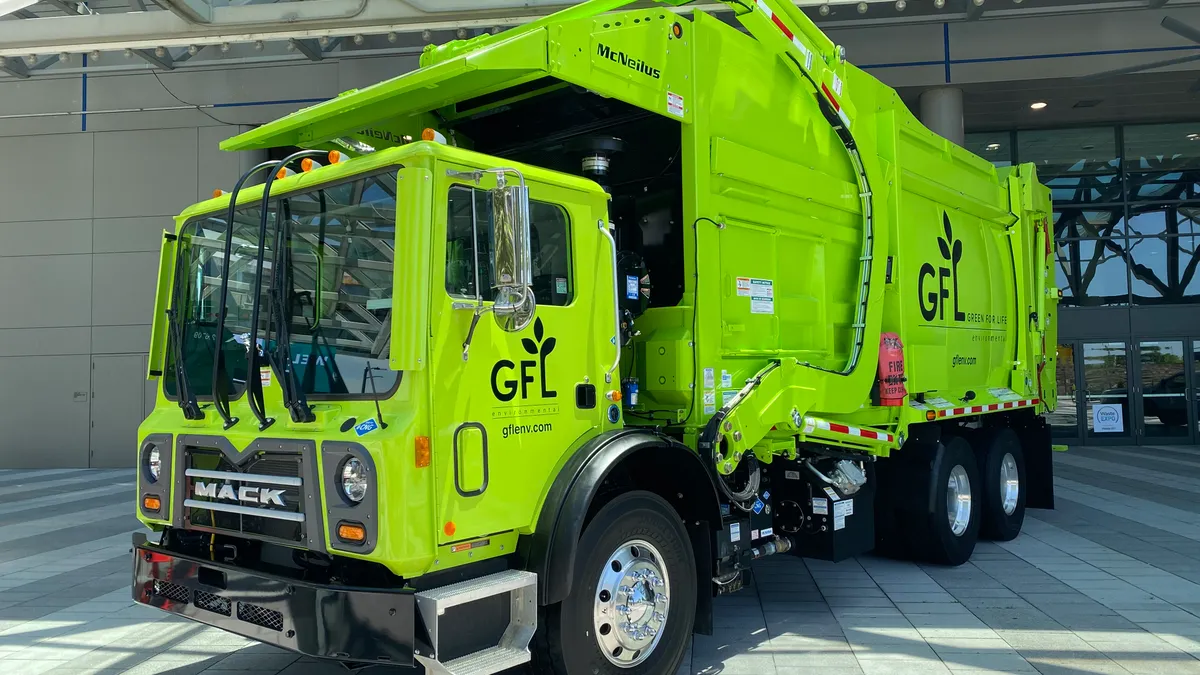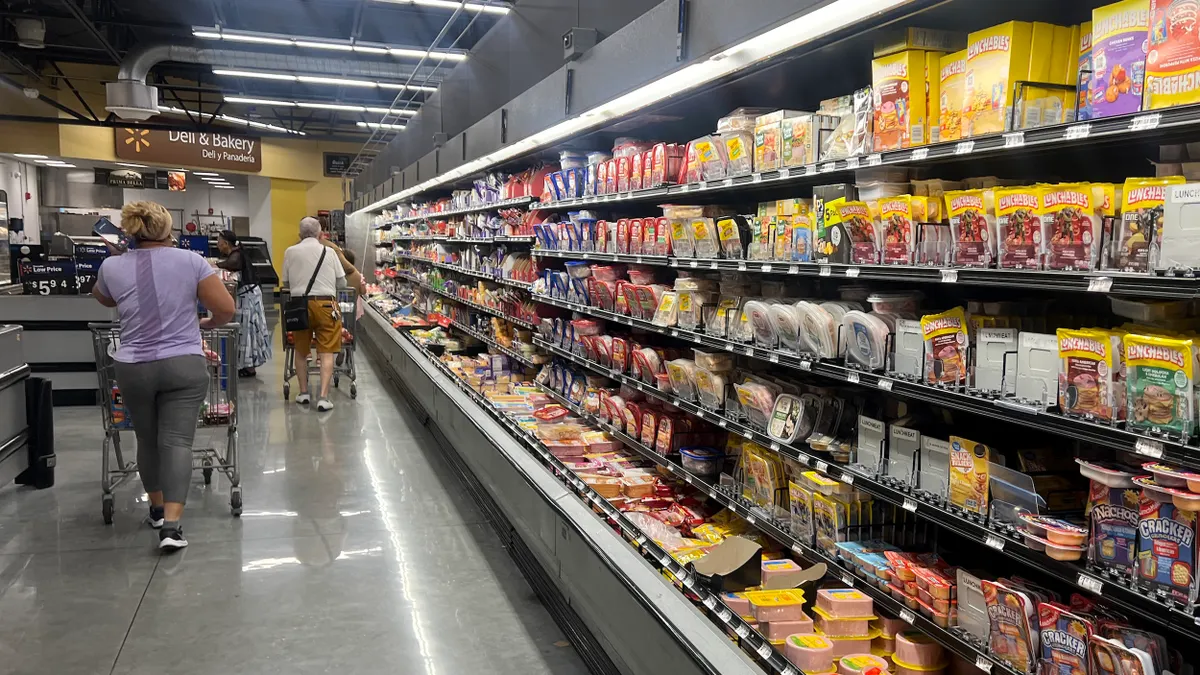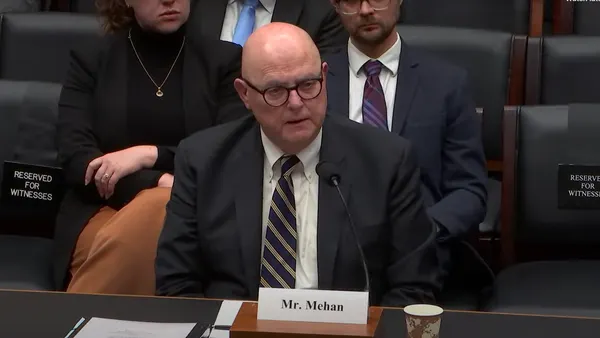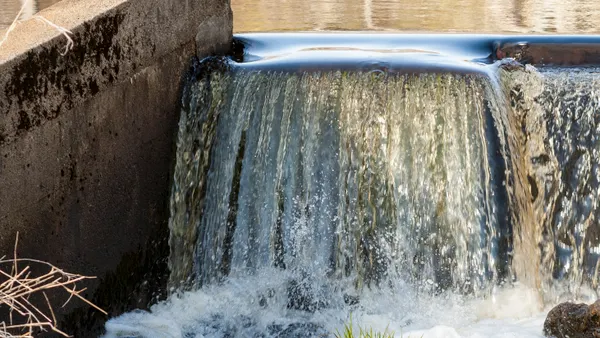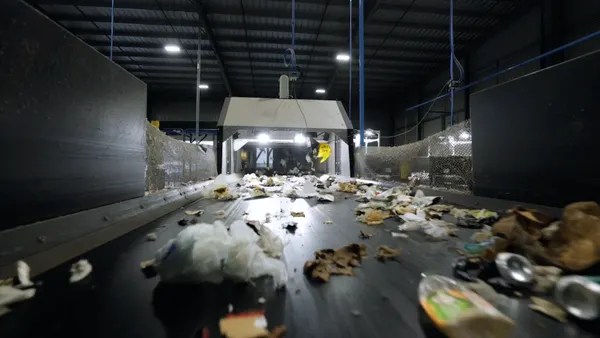All financial information is in Canadian dollars.
- Overview: GFL posted its highest-ever margin for adjusted earnings before income, taxes, depreciation and amortization at 31.6%. That was achieved in part through the impact of extended producer responsibility contracts delivering business earlier than expected in Canada and modest growth in solid waste, among other inputs. GFL has also continued to be active on M&A and share buybacks, as CEO Patrick Dovigi said he believes the company’s stock price is undervalued.
- GIP sale: GFL completed the sale of a significant stake in Green Infrastructure Partners, its infrastructure services spinoff, to private equity firm Energy Capital Partners in September. The GIP deal valued the company at $4.25 billion, and added about $175 million to GFL's balance sheet as a major shareholder in the company. The valuation reflected a 4.5x growth in GIP in just over three years, Dovigi noted, which he said "is yet another reflection of the strength of GIP's management team." GFL continues to own 30% equity in GIP after the deal.
- EPR impacts: The benefit to pricing and volumes from Canadian EPR contracts again boosted GFL’s performance in the third quarter. Canadian pricing in particular would be slightly lower than U.S. pricing were it not for the inclusion of certain transitional contracts as certain contracted provinces begin ramping up their EPR systems, CFO Luke Pelosi said.
- Pricing: GFL now expects full-year pricing to be around 6%. In the third quarter, overall price was 6.3%, higher than Q2 and up from 6% in the third quarter of last year. Pelosi said the company is also working to shift its pricing strategy with clients away from being tied to the broader Consumer Price Index and toward an index that more accurately reflects the company’s internal cost of inflation. “We're in the nascent stages of that migration vis à vis some of our competitors,” Pelosi said. Dovigi also noted that GFL has had more progress on the West Coast of the U.S. than the East Coast in executing that strategy.
- Volumes: Overall volumes grew 1% for the company driven by MSW. Volumes were up 5% in Canada and down 0.9% in the U.S. year over year. Declines in C&D and special waste volumes were dependent on geography, as U.S. C&D waste was down 3% and special waste was down 9%, but Canada saw positive special waste volume growth, Pelosi said.
- RNG: Executives also discussed the slight downward trend in prices for RINs, the credit for renewable natural gas created by the U.S. EPA’s Renewable Fuel Standard. Dovigi said the return on invested capital for GFL's planned RNG projects "is still very good," but they might take about three years to pay back. When prices were up above $3 for the credits last year, those same projects might have instead paid back in a little over one year, according to Dovigi. He noted GFL had slowed down its pace of investment in RNG this year as it waited to see whether the Trump administration would significantly alter the RNG market, but he feels confident those projects can continue to move forward.
- Guidance: GFL raised guidance for the second time this year. Its full-year revenue estimate is now between $6.575 billion and $6.6 billion, and its adjusted EBITDA estimate is now $1.975 billion, the top-end of its previously projected range. Adjusted free cash flow guidance remained unchanged. The company will disclose its full year 2026 guidance on its February earnings call.


